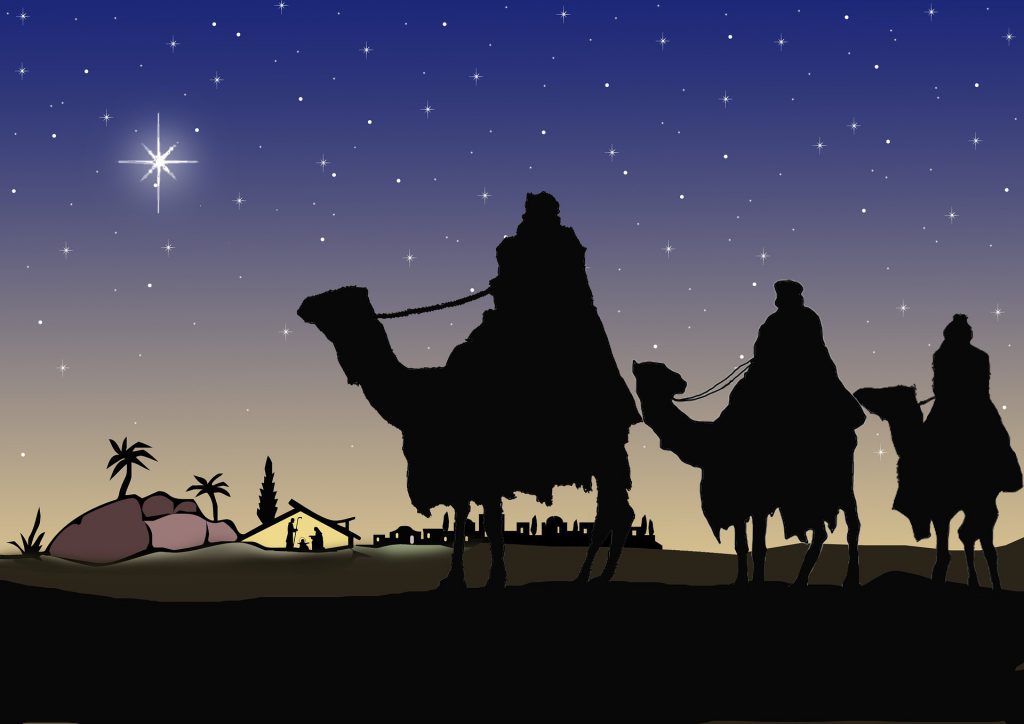
During the early Middle Ages (Medieval Period starting c.400AD and finishing c.1400AD) it was the Epiphany, the arrival of the Magi that was the main religious event. That said, November and December was dominated by religious holidays. There were the forty days of St. Martin, which started on November 11. In Italy the traditions of Saturnalia were merged with the beginning of St. Martin to create what is now a part of Advent. Around the time of the 12th Century, the traditions around Christmas and the Epiphany became the Twelve Days of Christmas. The time of Christmastide or the Twelve Holy Days.
Christmastide
A balance of the old pagan winter rituals, Saturnalia and the Christianity believes began, to fuse together in the Middle Ages. This was the time of Christmastide. No one day, just a period of time that lasted between two to three months. Some even carried this period beyond the Epiphany to 2 February, an ancient pagan festival called Imbolc. This date was adopted by the Church and became Candlemas. Both Imbolc and Candlemas were celebrations of rebirth (Spring) and birth (the Presentation of Jesus in the Temple).
Christ’s Mass
It is the Middle Ages that gives us the word Christmas. In the Middle Ages it was Christ’s Mass, which in fact were three Masses all celebrated on Christmas Day. The first was at Midnight, Angel’s Mass, and its theme was that of salvation (A throw back the pagan times of the rebirth of light at the darkest time of the year). Shepherd’s Mass, the second mass was held at Dawn, where upon the congregation went to the Alter to worship as the Shepherds went to Jesus. The final of the masses is the Mass of the Divine Word or Kings’ Mass.
Although Christmas during the majority of the Middle Ages was a secular festival on the whole, where some religious elements developed during this time. It was a great time of feasting. Richard II (England) held a great feast in Christmas 1377. A traditional dish had not truly established itself at this time. But if there was one, it was the Boar’s Head mainly for the wealthy. The Christmas Plum Pudding and Mincemeat pie were also introduced in the Middle Ages.
Beginning of Christmas Carols
The traditions of Christmas also started to establish themselves. Carols with dancing was very popular, although some writers of the time looked upon this as unruly throw back to the time of Yule. Gifts were also exchanged during the time of Christmastide, but not on Christmas Day, instead on New Year’s Day. But the gifts were usually between legal relationships, that of a landlord and tenant. Decorations also started to make an appearance. Holly, ivy and other winter evergreens (a possible throw back to the traditions of Saturnalia), which were symbols of everlasting life. The holly and the ivy were also symbols of home stability, the masculine holly and the feminine ivy. The pagan ritual of the Yule log continued with the burning of large logs, to ward off evil spirits.